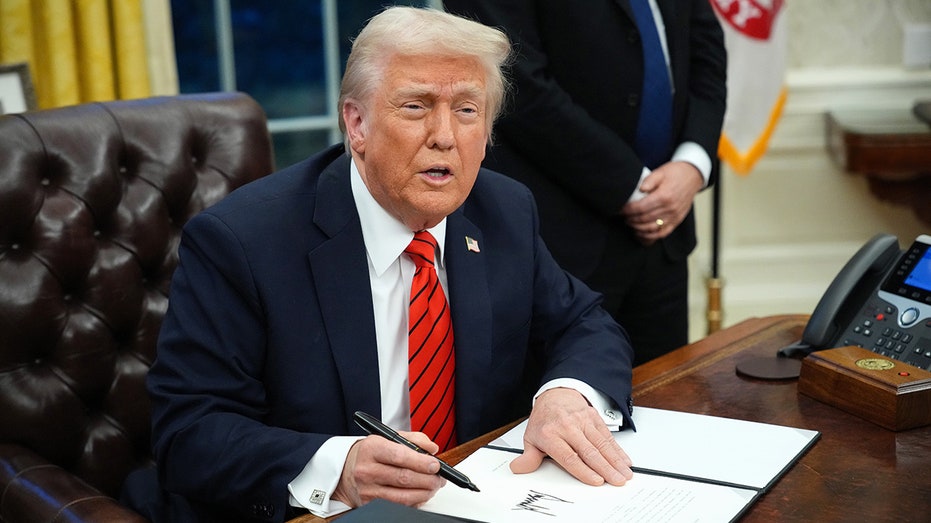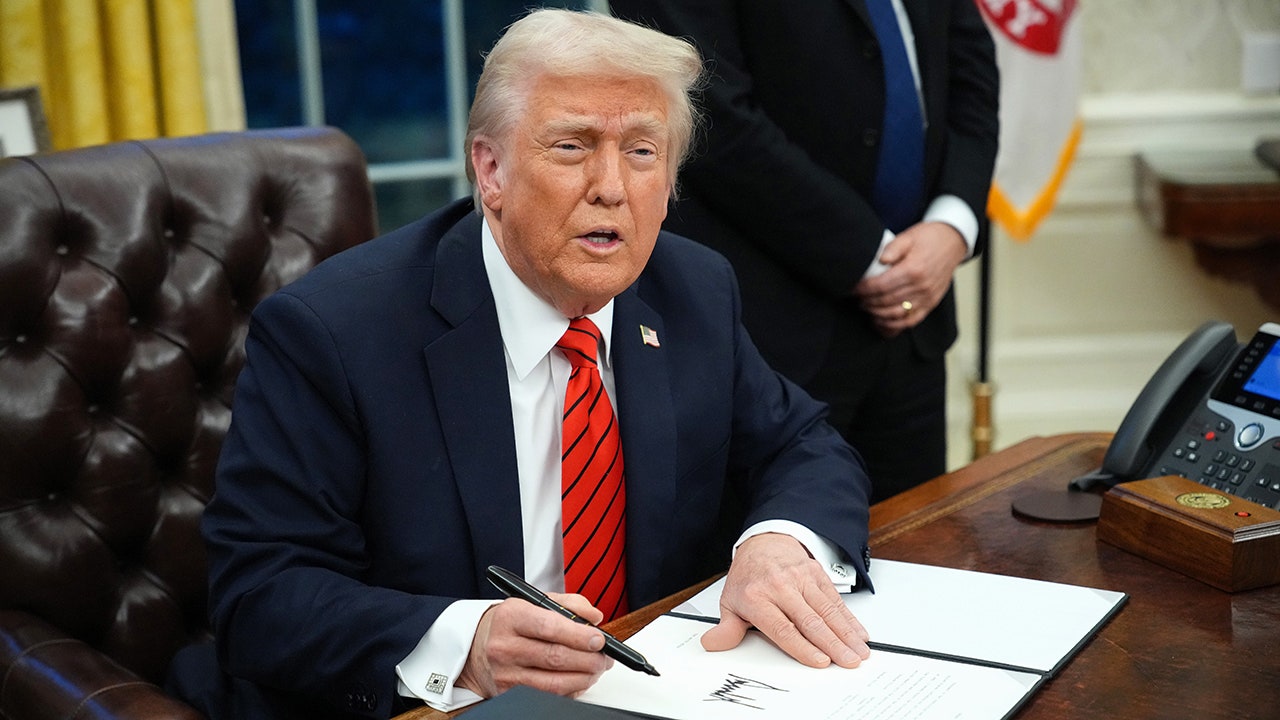Panelists Claman Countdown Panelists Kenny Polcari and Simeon Hyman analyze how the markets will respond to the tariff in Canada and Mexico.
President Donald Trump The new tariffs to China, Canada and Mexico came into force at midnight on Tuesday morning, raising taxes that US importers pay for certain goods when they enter the country.
Effective Tuesday American imports from China, the third largest US business partner, are subject to a new 10% tariff at the peak of the initial 10% of the tariff, which last month stored on Chinese goods.
Tariffs to imported goods From Canada and Mexico – the two largest bilateral business partners in America, according to the census data – will also be set to increase, with 25% of tariffs selected for all imports from both countries. The tariffs include cutting for a lower 10% tariff on the import of Canadian oil.
President Trump was asked on Monday whether the remaining space remains for Canada or Mexico to agree to avoid tariffs, and he replied, “No space for Mexico or Canada. No, tariffs, you know, everyone is set up.
Warren Buffett says that tariffs are an economic “war act”: “Dental fairy faires will not pay”

On Tuesday, on Tuesday, as well as another 10% tariff on Chinese goods, 25% of President Donald Trump's tariffs. (Andrew Harnik / Getty Images / Getty Images)
Shortly after joining the office in January, Trump announced that he would store tariffs in three countries and quote the flows of illegal fentanyl supplies across the Mexican and Canadian borders, as well as precursor chemicals for Fentanyl from China. He quoted the power according to the International Act on Emergency Economic Powers (IEEPA).
While Chinese tariffs The President was implemented as planned, postponing the tariffs of Canada and Mexico for a month after both countries announced security measures.
“Just to understand it, a huge amount of fentanyl from Mexico, and, as you know, also from China, where it goes to Mexico and goes to Canada. And China also had another 10%, so it is 10 plus 10.
Who got stuck with a tariff account for imported Canadian oil?

American agricultural products will face retaliatory tariffs stored by US business partners. (Ben Brewer / Bloomberg via Getty Images / Getty Images)
US business partners have already indicated that retaliation through their own tariffs for American exports and potential non -tariff trading barriers that would focus on American companies.
Canada announced that it will store 25% of a wide range of US exports, including machines, automatic parts, clothing products, alcohol and tobacco, sports equipment, plastic products, building materials, timber, agricultural products, appliances, furniture, chemicals and others.
It also plans other tariffs for other products made in the USA expected Cars, trucksBuses, electric vehicles (EV), recreational vehicles, steel and aluminum products, fruits and vegetables, beef, pork, dairy products and more.
Consumer confidence will fall in February with the largest monthly decline in nearly 4 years

The US automotive industry is expected to face retaliation for automatic parts and potentially finished vehicles. (Photographer: Emily ElConin / Bloomberg via Getty Images / Getty Images)
Mexican government In February, he signaled that he was planning retaliatory tariffs that would implement if Trump had placed tariffs in Mexico, even though they did not specify these measures at that time. The Reuters reporting report, which is with this matter, indicated that potential tariffs could range from 5% to 20% of American pork, cheeses, production and steel produced and aluminum.
China was a retaliation against initial tariffs by storing 15% of tariffs US Energy Exportincluding coal, natural gas and oil; Like 10% of tariffs for produced goods, including trucks and agricultural machines, the Brookings institution was analyzed.
The newly deposited tariffs are expected to evoke more retaliatory measures from China because the AP said the Chinese government is looking at us at tariffs agricultural exports and food products as goals.
Get Fox business on the go by clicking here
And Tax Foundation's analysis They found that tariffs deposited on imports from China would reduce long -term GDP by 0.1%, while tariffs to Canadian and Mexican goods would cause a greater blow to economic production and reduce GDP by 0.3%. These numbers are before these countries charge retaliation against US products.
The Tax Foundation's analysis noted that the US imported $ 292 billion non -energy products from Canada as well as $ 120 billion for energy products in 2024. Imports from Mexico last year amounted to $ 504 billion, while the benefits of China were $ 430 billion, plus further imports were sent using the “de minimis” gap.


